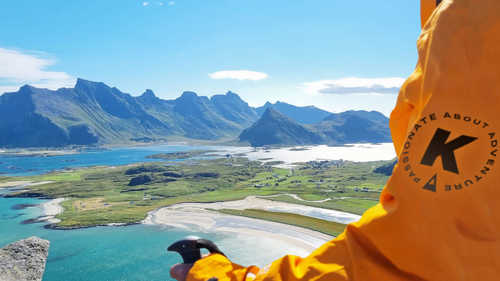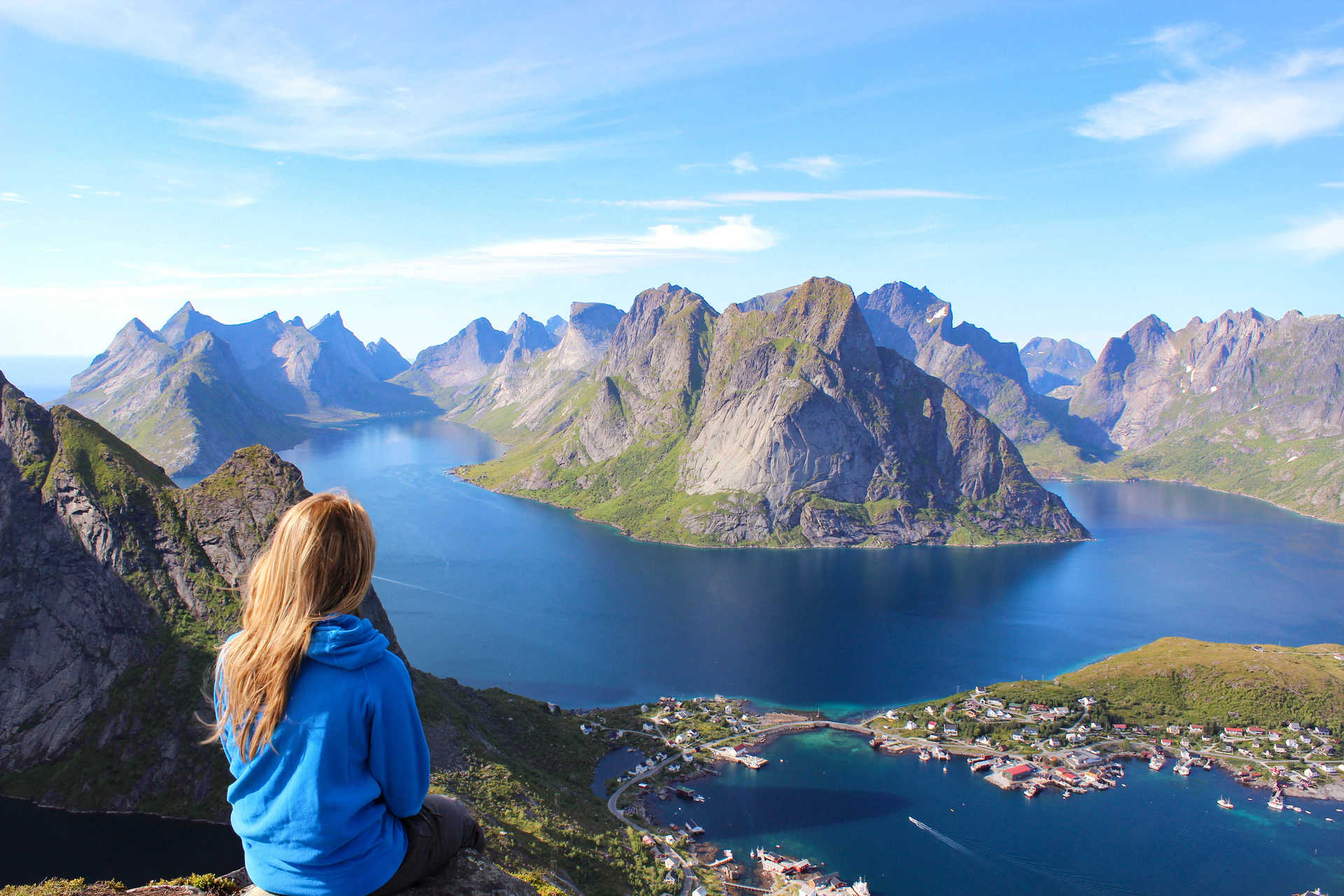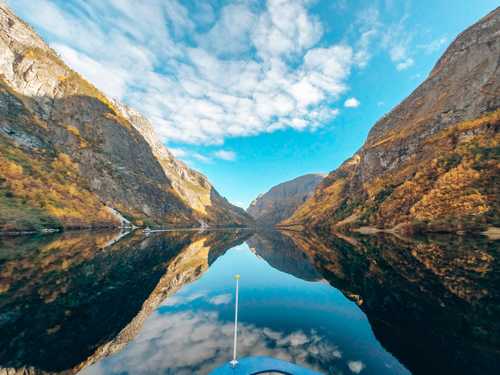Evidence of dwellings and tools dating back to 9,500BC are the first
signs of human settlement in Norway...much pre-decessing the Viking era that
many Norwegians attribute their heritage to. These dwellings depict a life of
hunting and fishing along the coastal regions; some made markings at sea level
which depict the rise of the land after the ice age. Then between 3000 and 2500
BC, more settlers joined from the east, bringing a strong farming culture with
them. Little is known of Norwegian settlements during the bronze and iron ages,
due to the cremation of dead bodies and possessions leaving little trace of
their way of life. Further down the line, settlers formed into tribes, each
tribe having their own assembly of law makers (things) who would come together
to dispute over disagreements. The tribal things united together to
form larger assemblies, thus forming the lagting (Norwegian
assemblies for negotiations and lawmaking).
In 800AD the emergence of the "Viking Age" stormed through
Europe. With superior weapons and organised armies the Vikings invaded to the
West, overthrowing the Biritsh Isles, Faroe Islands, Greenland and Iceland as
well as landing on "Vinland" (North America).On return to Norway they
brought back Christianity, which was consolidated when Olaf I (son of Harald Fairhair)
came to rule, having sailed abroad. Under the rule of a monarchy, the Norwegian
tribes united to form a nation. This was, however, dissipated with the
devastating sweep of Black Death through the country, reducing their population
by a third! With a weaker standing, Norway joined with Sweden and Denmark, to
be ruled by Denmark until 1814. This ruling dissolved with the Napoleonic Wars,
Norway became an independent constitution, however was ruled by Sweden until
1905 when it became fully independent.
The administrators during Denmark's rule, made the connection in Nordic
history between the Vikings and Icelandic Sagas, which piqued the interest of
artists and writers. Schoolbooks began to read as folk tales and stories of the
mighty Viking invasions were passed down through generations.
With Norway being a country that has long summer days and even longer winter
nights the ethos of being mindful and aware of one’s happiness is strongly
upheld in Norwegian culture, for example, rooftops painted colourfully to
encourage optimism and lower suicide rates. This, however, needed encouragement
to be transcended to the indigenous Sami peoples, who were still to be defined as
a population in 1999. With the intervention of the United Nations Human Rights
Commission, a Sami parliament has been formed which has helped to integrate the
needs of these people into the wider Norwegian population.














